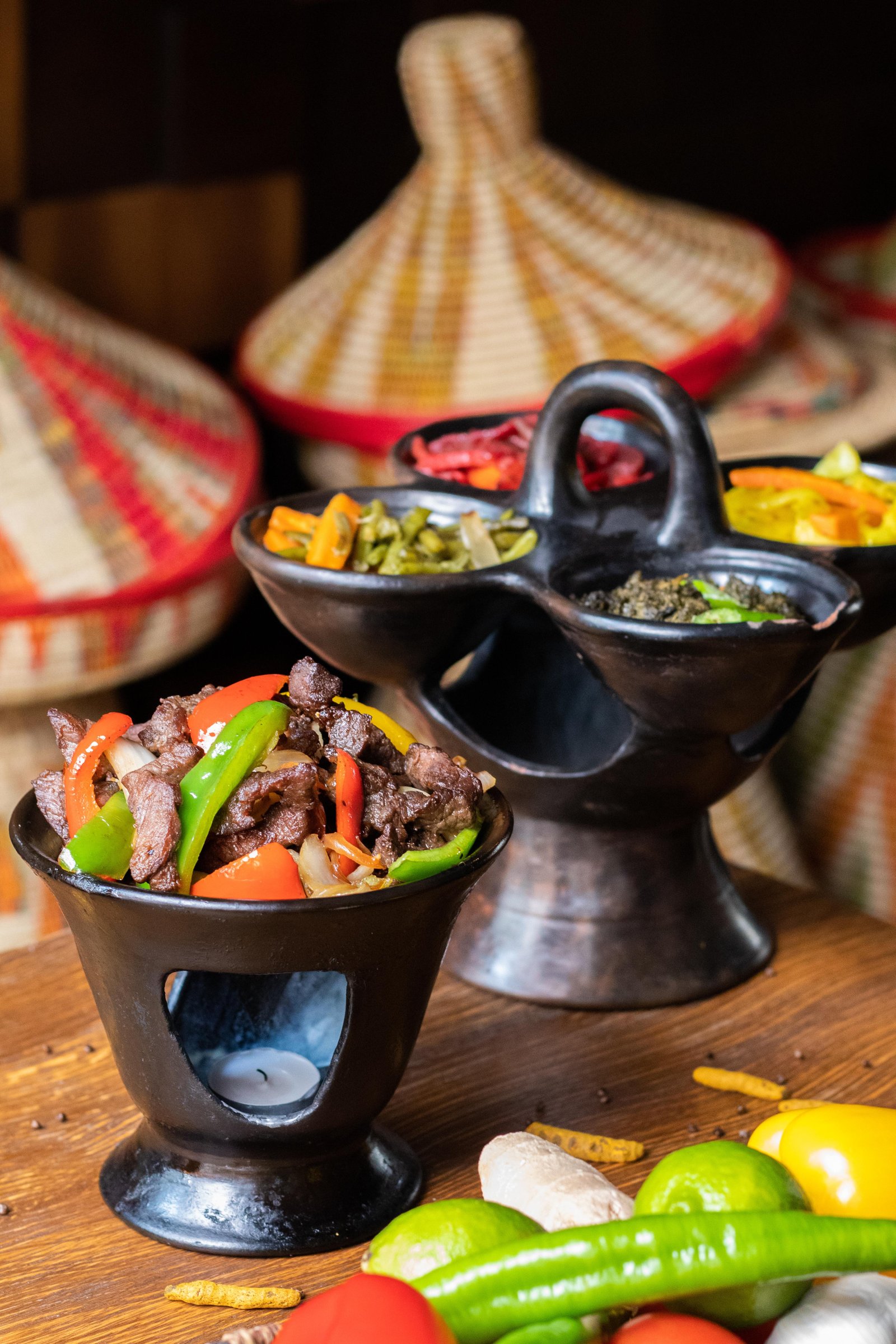No products in the cart.
Explore how food rituals among Laos’ urban middle-class families are changing with modernization, globalization, and lifestyle shifts.

Food is central to Lao culture, not only as nourishment but also as a medium for rituals, social bonding, and identity. Traditionally, family meals followed strict cultural norms—elders were served first, sticky rice was eaten by hand, and dishes carried symbolic meanings for prosperity and harmony. However, with the rise of an urban middle class, these food rituals are undergoing transformation. Global cuisines, fast food, and modern dining habits are reshaping how families eat, celebrate, and connect. While some traditions fade, others adapt, reflecting the dynamic identity of urban Laos.
Traditional Food Rituals in Lao Families
Sticky Rice as a Staple: Central to every meal and symbolic of unity.
Shared Dishes: Meals eaten communally to reinforce family bonds.
Ceremonial Foods: Dishes like laap and tam mak hoong used in weddings, festivals, and religious offerings.
Dining Hierarchies: Elders respected with priority in seating and serving.
Spiritual Offerings: Food presented to monks or spirits before consumption.
Shifts in Urban Middle-Class Lifestyles
Dining Out: Restaurants and cafes replacing home meals for busy families.
Global Influences: Sushi, pizza, and Korean BBQ competing with traditional dishes.
Time Constraints: Fast food and takeaways more common due to work schedules.
Technology at the Table: Smartphones and television influencing dining interactions.
Health Awareness: Rise of vegetarianism and organic food preferences.
Cultural Implications of These Changes
Younger generations drifting away from traditional etiquette.
Family bonds reshaped by modern dining practices.
Hybrid food culture blending local dishes with international cuisines.
Food rituals increasingly used as markers of status and modern identity.
Example in Laos
In Vientiane, middle-class families often celebrate birthdays in international restaurants, but still return to traditional Lao dishes for New Year festivals, showing a balance between modernity and tradition.
Conclusion
Changing food rituals among urban Lao families highlight the ongoing negotiation between heritage and modernization. Protecting traditional practices while embracing new ones can create a vibrant culinary identity for Laos.
About CITS Laos
CITS Laos collaborates with food researchers, chefs, and cultural organizations to document evolving food practices. We design bilingual culinary platforms, run heritage awareness campaigns, and create SEO strategies to share Lao food culture globally. By celebrating both tradition and innovation, CITS Laos ensures Lao food rituals remain central to cultural identity.